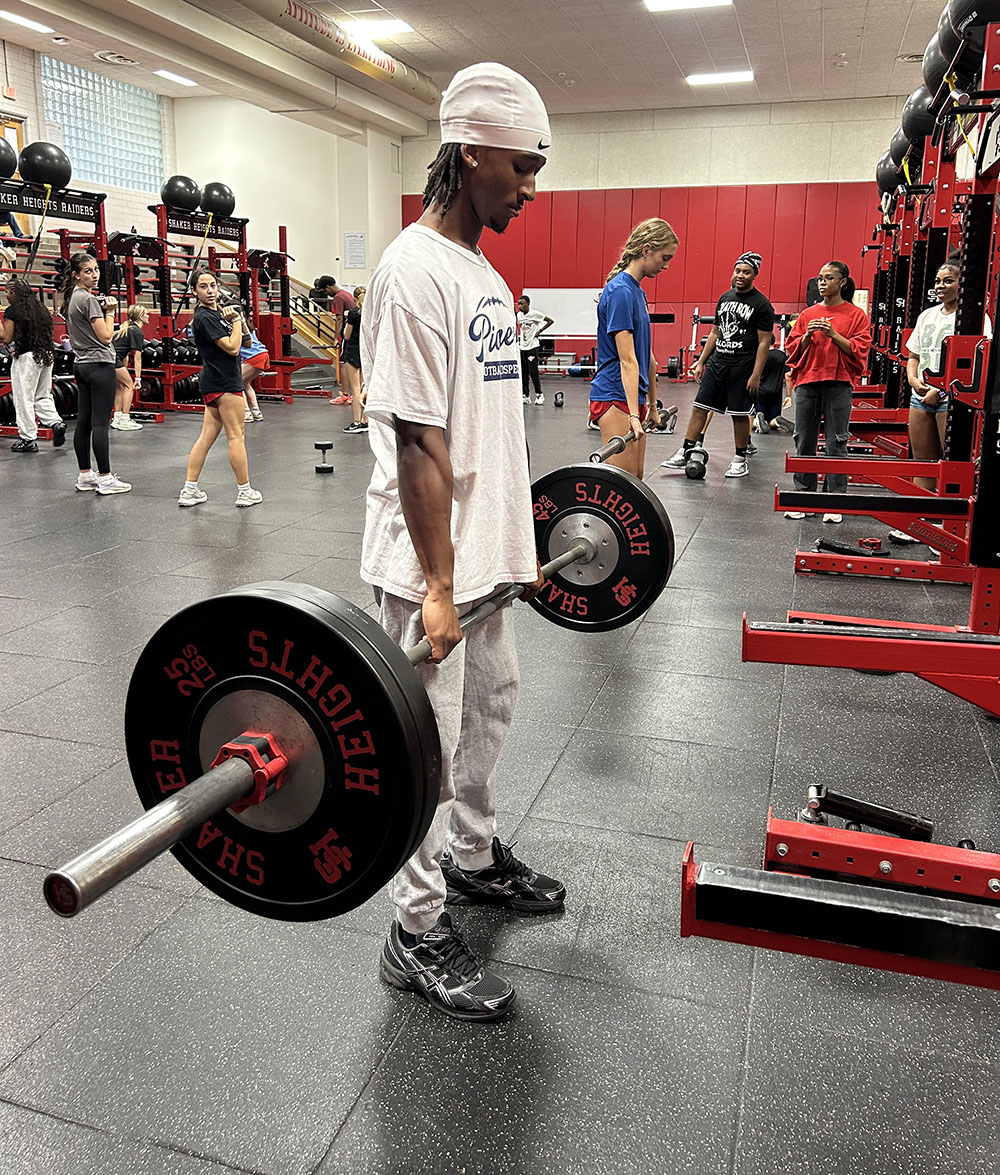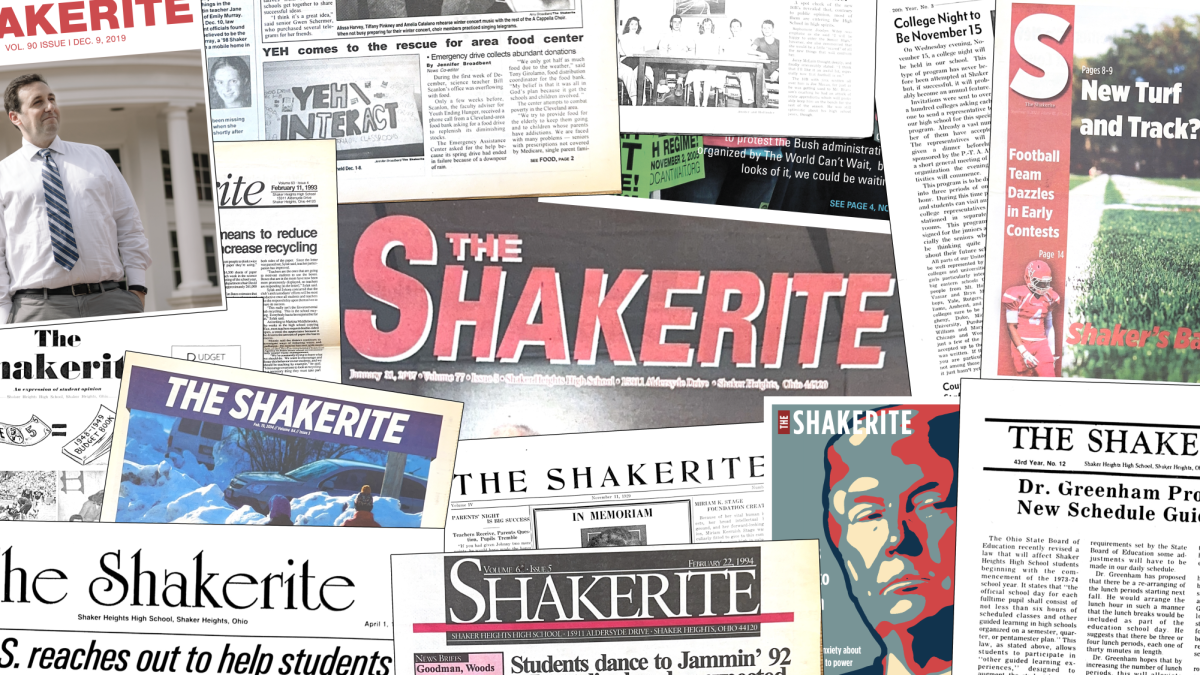Turn to page seven and look at the staff box. How many non-white, non-female contributors are represented? Unfortunately, very few.
The Shaker Heights City School District is 51 percent male and 49 percent female. Last year, the high school population was 51 percent black, 37 percent white and 12 percent other racial identities. The Shakerite staff is 94 percent white and 89 percent female. As Editors In Chief of a school newspaper, we aspire to thoroughly represent high school community, but with two males and only one non-white editor, we struggle to meet that goal.
For example, The New York Times recently published an article about a U.S. Department of Education report indicating that black males are subject to “much harsher discipline in public schools than other students.” Any high school newspaper in a racially diverse school should cover this issue. But, without a single African-American editor, we are reluctant to pursue it. What would it look like if a bunch of white girls published a story detailing the racial demographics of suspended and expelled SHHS students?
The last time The Shakerite reported on a racially controversial issue was in 1997, when editors boldly covered Shaker’s academic achievement gap. The day the issue was distributed, African- American students walked out of class, TV news cameras descended on campus, and some Shakerite editors were escorted to the newsroom by security. Not surprisingly, no staff since then has confronted the issue of inequitable achievement.
We don’t fear the reaction this would bring from the community as much as we worry about misrepresenting the problem. We would never intentionally misrepresent a situation, but we worry that our audience might misinterpret such an article as an attack rather than as an effort to stir discussion about equity.
Students often say that they don’t relate to articles published in The Shakerite. This skewed demographic between the student body and The Shakerite staff is a not new problem.
In 1992, some African-American students wrote and published a flier called “The First Amendment.” The first issue, published Feb. 10, 1992, featured a piece called “The Means of Expression” by Kimberly Coiley that touched on the The Shakerite’s appeal to “a predominantly white audience.” Although Coiley did not feel this representation was purposeful, she stressed the need for a newspaper that African-American students could relate to. She stated, “I think it would be beneficial for African American students to be able to write and read about themselves. And about our issues.”
English teacher Paul Springstubb, the unofficial faculty adviser of the publication, remembers the contributors feeling that their work would not be published by The Shakerite. We recently read the publication, and it’s clear to us that most of the content would be published in The Shakerite today.
Now, look at the stories in this issue. We try to appeal to everyone in the school, but given the racial and gender imbalance of our staff, doing so is tough. We want to publish stories that white females might not think to write; we want to publish hard-hitting racial commentary; we want to better represent the school. If you have an interest in journalism and don’t relate to what’s being published, you can change that.
This isn’t propaganda for the journalism program, and we don’t want to hire anyone just to improve the diversity of our staff, but it’s time to address the problem. The journalism program is open to any student who takes newspaper production seriously, and students shouldn’t feel like they won’t fit in just because of their gender or race. A high school newspaper should represent the experiences of all students. With a staff that is 94 percent white and 89 percent female, how is this possible?



